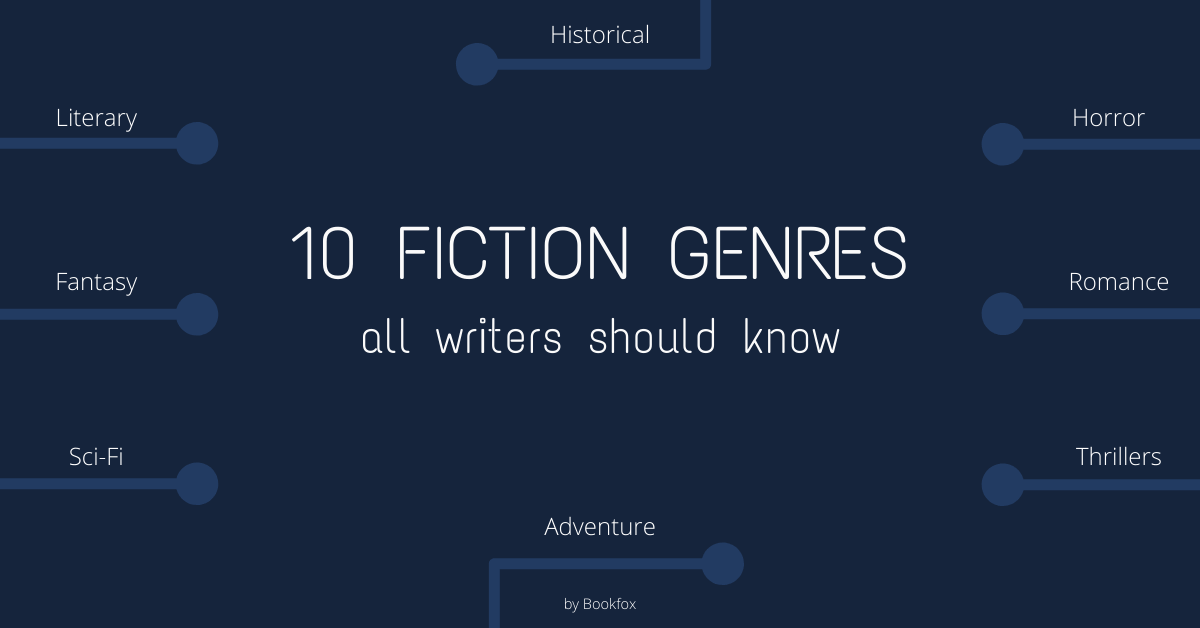 Writers hate the term genre. Readers love it.
Writers hate the term genre. Readers love it.
This is because genre creates expectations. Will these characters be able to fly, shapeshift, fall in love?
Whether you choose to follow these expectations or not is up to you! But it is nice to be able to explain your story to agents, publishers, and readers using a sellable umbrella genre first.
Here are ten fiction genres you should know and their most popular subgenres, according to Publishers Weekly and today’s top agents!
1. Adventure
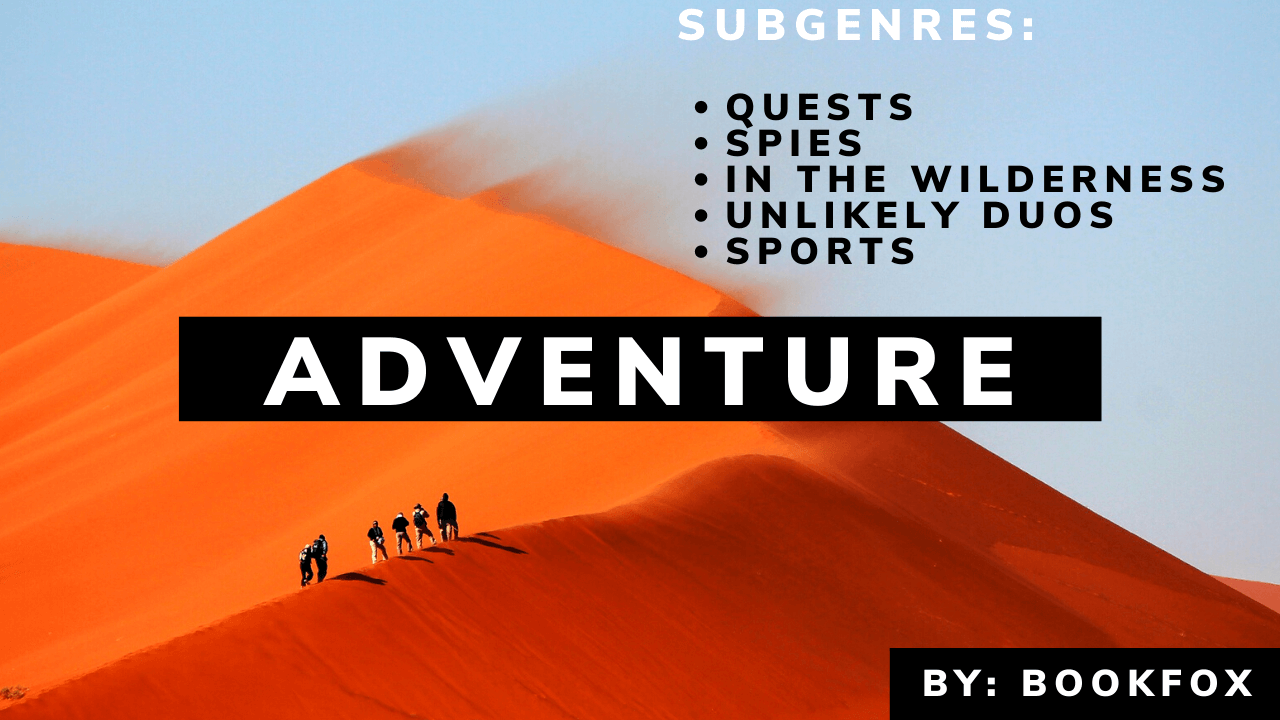 Books about swashbuckling buccaneers, hungry mountain lions, or incredibly mismatched co-workers. These stories draw you in with the promise of an incredible, once in a lifetime adventure. Who doesn’t want to be a part of that?
Books about swashbuckling buccaneers, hungry mountain lions, or incredibly mismatched co-workers. These stories draw you in with the promise of an incredible, once in a lifetime adventure. Who doesn’t want to be a part of that?
- Secrets and Spies– James Bond, Indian Jones, and Ben Frankin Gates are all iconic adventure heroes. They dedicated their fictional lives to uncovering secrets and saving the world.
- Remarkable Quests– Quests can be magical, like in The Lion, the Witch, and the Wardrobe by C.S. Lewis or simply feature larger than life stories like Treasure Island by Robert Louis Stevenson.
- Man V.S. Wild– Stories that bring dangerous, exotic landscapes to life such as My Side of the Mountain by Jean Craighead George.
- Unlikely Duos– I’m with him/her?! These are the “buddy cop” stories of friends, lovers, and co-workers who find themselves stuck together for better or worse. The Hemingway Thief by Shaun Harris is a wonderful example.
- Sport Showdowns– Stories of fighting the clock and beating the other guy to the finish line. Agents can’t get enough of stories like Friday Night Lights by Buzz Bissinger.
2. Fantasy
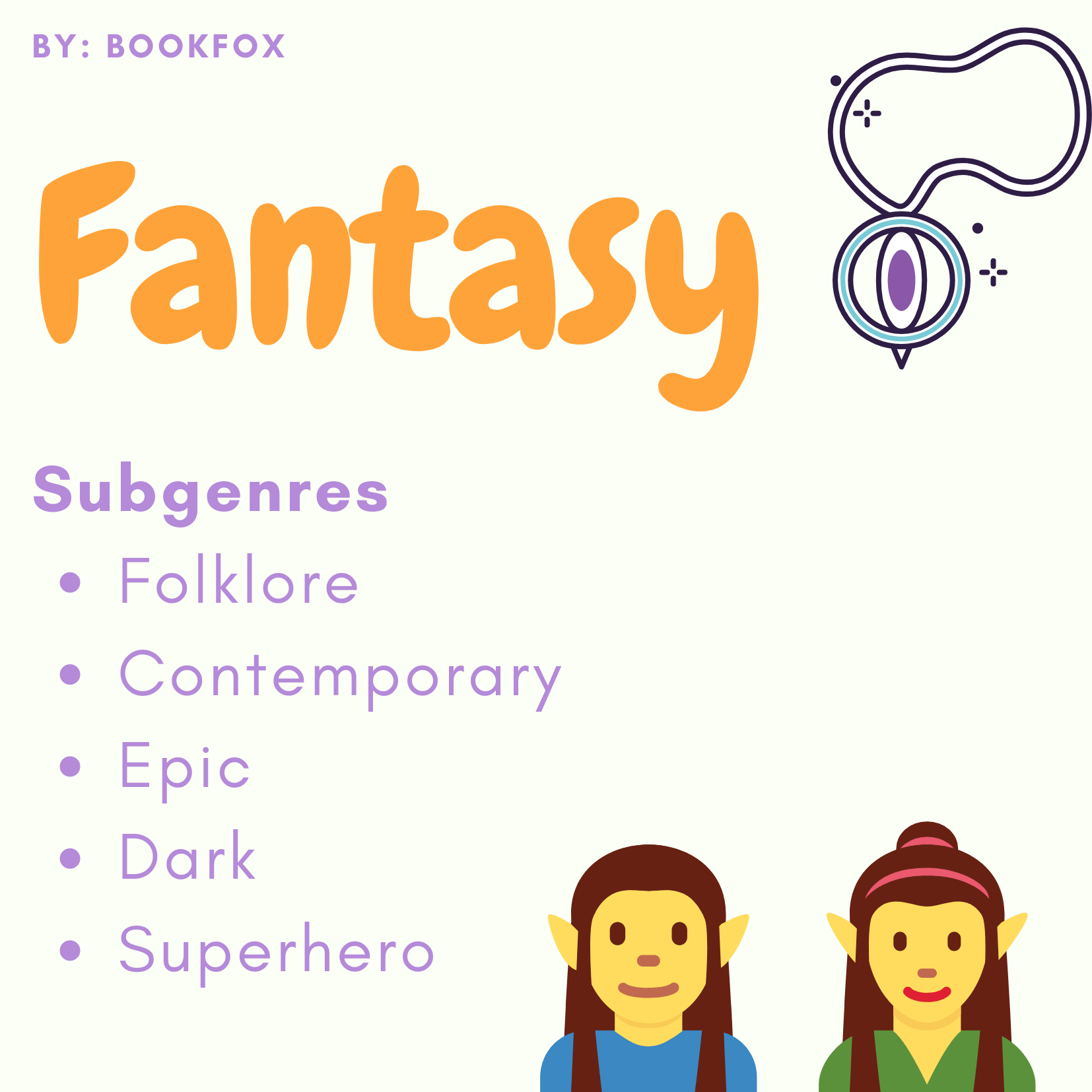 We are all familiar with some aspects of the fantasy genre. Still, few people fully grasp every corner of this ever-growing universe. Here are the subgenres that the industry is most interested in.
We are all familiar with some aspects of the fantasy genre. Still, few people fully grasp every corner of this ever-growing universe. Here are the subgenres that the industry is most interested in.
- Fairies & Folklore– Stories based in diverse mythological legends are in high demand. One example is the Jewish-inspired novel Spinning Silver by Naomi Novik.
- Contemporary– Here, you can find magic woven into everyday events, like the wizard who uses their powers to make the best tasting BBQ in Town. Examples include The Lightning Thief by Rick Riordan and American Gods by Neil Gaiman.
- Epic– “One ring to rule them all,” from The Lord of the Rings by the Fantasy master himself, J.R.R. Tolkien. Epic stories take you to a wholly new and exciting world.
- Dark– These horror-fantasy mashups can quickly become cult favorites like H.P. Lovecraft’s haunting tales.
- Superheroes– Few can dispute the fact that Stan Lee did something right when creating the Marvel Universe. Stories with superheroes and villains walking around the block like in Soon I’ll be Invincible by Austin Grossman are in high demand.
3. Science Fiction
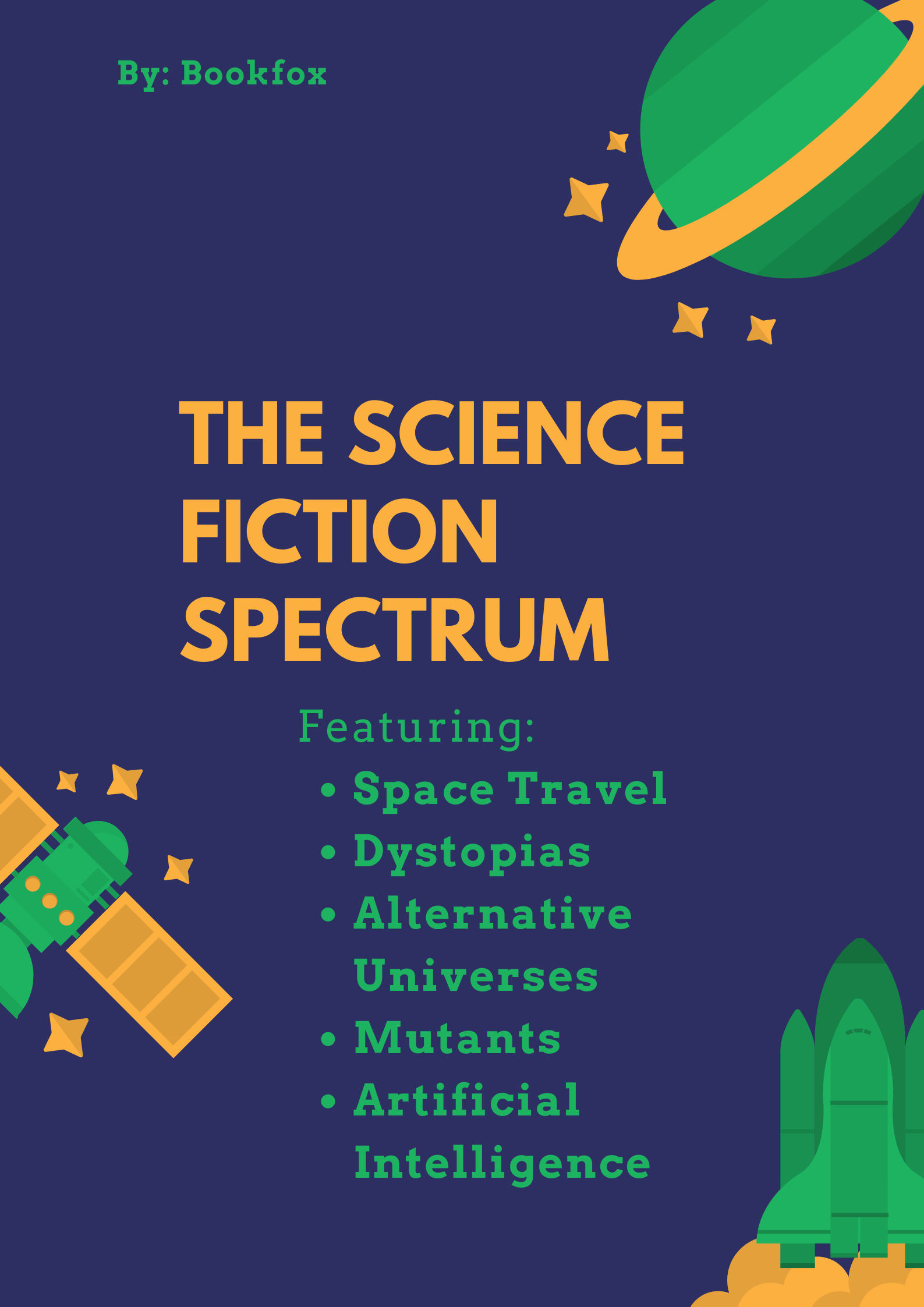 Science Fiction gets the best of all the worlds with its abilities to leap through space and time. It’s no wonder that people crave science fiction stories from the edge of the unknown.
Science Fiction gets the best of all the worlds with its abilities to leap through space and time. It’s no wonder that people crave science fiction stories from the edge of the unknown.
- Space Travel– 2001: A Space Odyssey by Arthur C. Clarke, anyone? Adventures in space are hard to beat. This subgenre can also include space creatures traveling to Earth.
- Dystopias– Two of the bestselling books of the decade, The Hunger Games by Suzanne Collins and Divergent by Veronica Roth, were both dystopias. Bring forth the apocalypse!
- Alternative Universes– A distant (or alternative) cousin of space travel stories, alternative universes are kinda like ours, but different. Think, The Golden Compass by Philip Pullman.
- Mutants– “Let’s play with genetic mutations!” said every 21st-century mad scientist at some point in his/her career. These stories, like Maximum Ride by James Patterson, are often too enticing to pass up.
- Artificial Intelligence– A.I. is a hot topic; from stories like Ray Bradbury’s I Sing the Body Electric to TV shows like Black Mirror. The success of these tales proves that people are always curious to know what robots think of us.
4. Historical
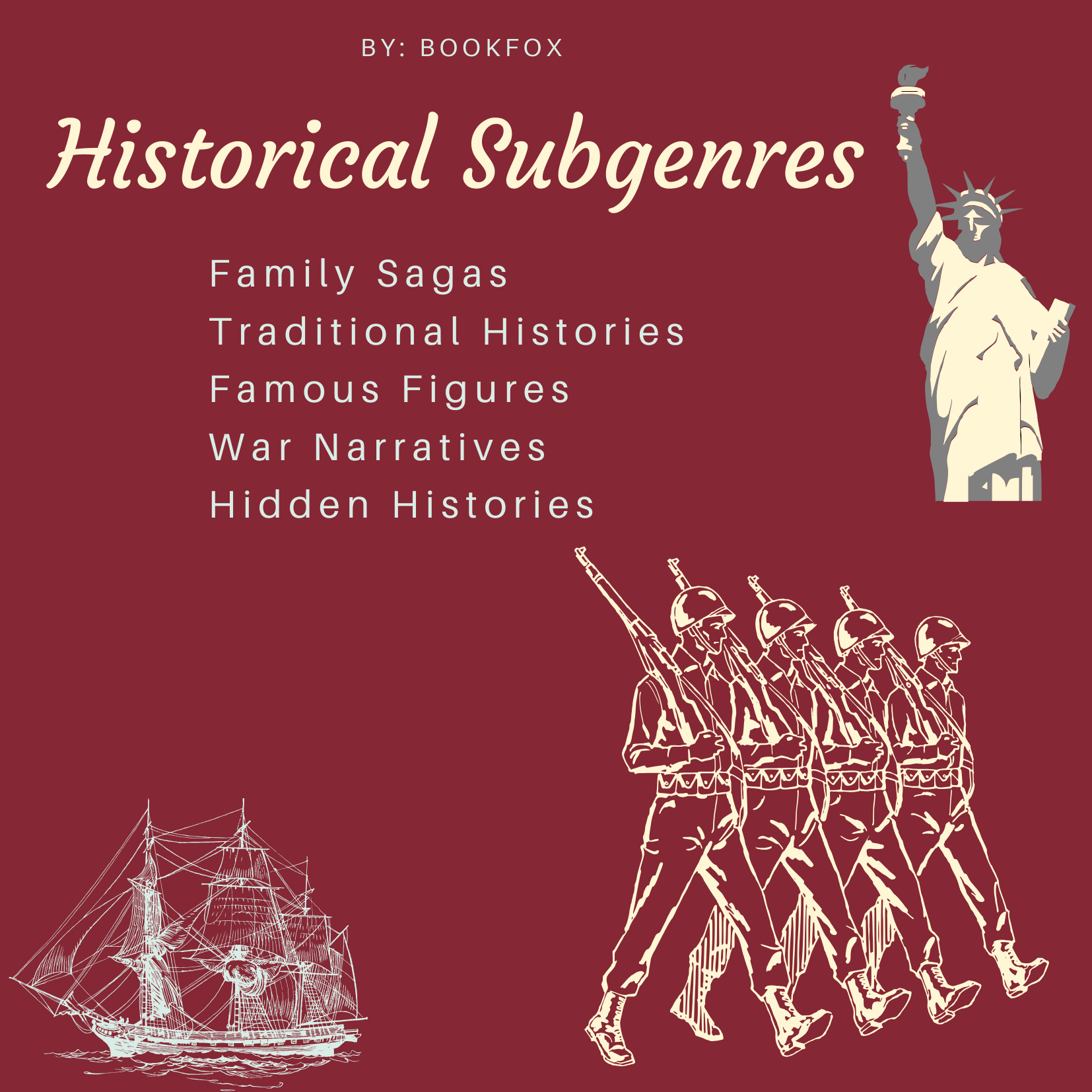 While the future fuels science fiction, historical fiction finds its inspiration in the past. As historical fiction, these stories find the emotional truths in past events.
While the future fuels science fiction, historical fiction finds its inspiration in the past. As historical fiction, these stories find the emotional truths in past events.
- Family Sagas– The Good Earth by Pearl S. Buck was one of the first life-changing books I read. This Chinese epic exemplifies what makes family sagas so touching and powerful.
- Traditional Histories– These stories put you in the shoes of anyone else who was just going about their day when a fantastic story happened to them. Examples that come to mind include Gone with the Wind by Margaret Mitchell or A Day in the Life of Ivan Denisovich by Aleksandr Solzhenitsyn.
- Famous Figures– When writing about prominent figures, authors often walk the line between fiction and nonfiction. I, Claudius by Robert Graves, talks from the first-person point of view of a Roman emperor and follows a semi-autobiographical tune.
- Hidden Histories– The demand for diverse, unique voices is only growing. People want to hear about secret heists, deals, and populations that lived without a voice, until now–Stories like Faces in the Water by Janet Frame.
- War Narratives– Whether they are from the perspective of a general, a soldier, a civilian, or prisoner, war stories sell consistently. Novels like All the Light We Cannot See by Anthony Doerr brings human voices front and center during chaotic times.
5. Literary
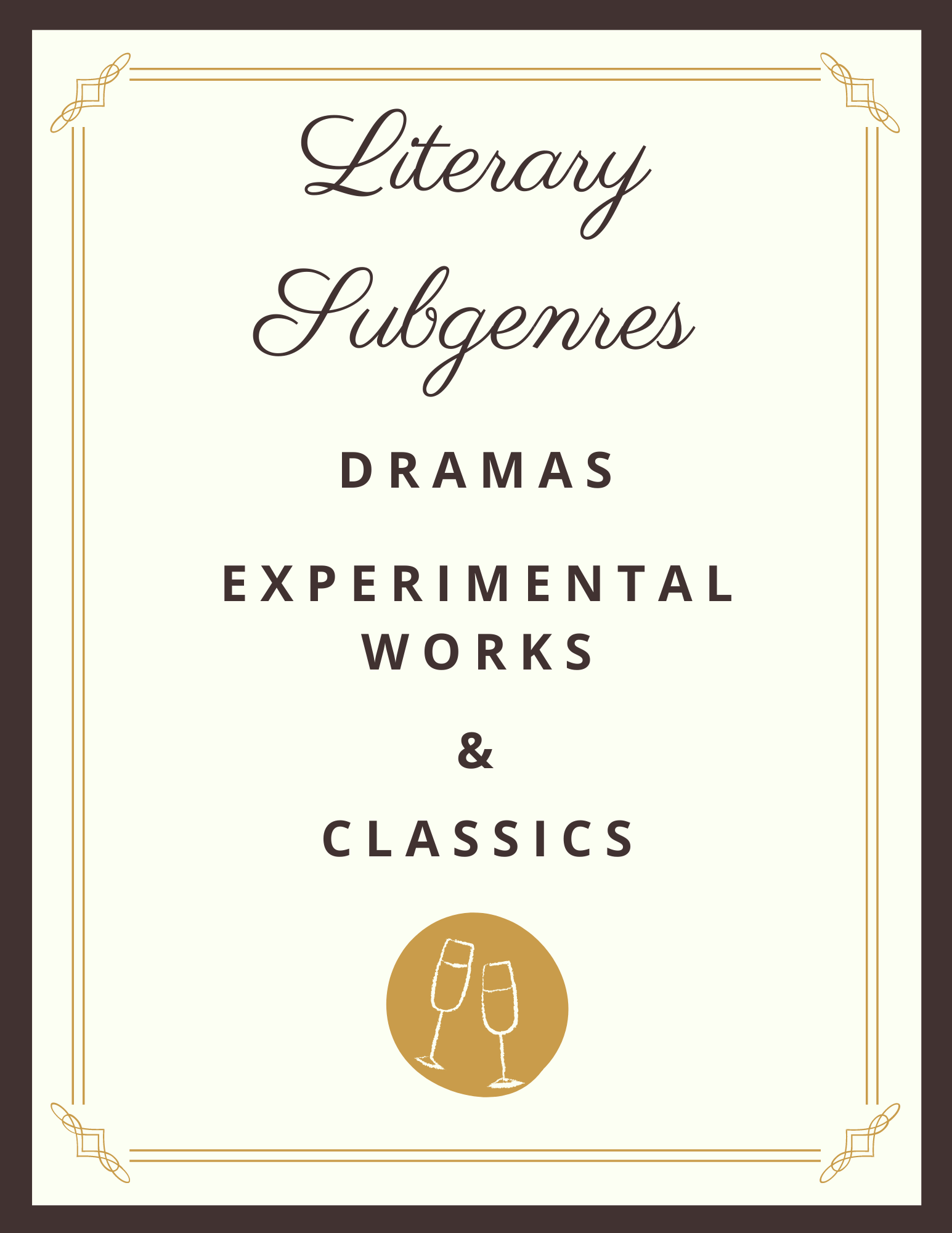 While it’s true that any genre can become literary. There are a few key elements that make literary works stand apart from other titles.
While it’s true that any genre can become literary. There are a few key elements that make literary works stand apart from other titles.
- Dramas– Literary titles are inherently character-focused and this creates delectable drama. A Doll’s House by Henrik Ibsen is a fantastic example of dramatic literary finesse.
- Experimental Works– Novels like Cloud Atlas by David Mitchell break storytelling and genre rules to create literary masterpieces. Anything that turns writing on its head can be considered experimental.
- Classics– Books that have an air of timelessness and lasting quality. The Great Gatsby by F. Scott Fitzgerald and To Kill a Mockingbird by Harper Lee. Some herald The Harry Potter books as “instant classics.”
6. Humor
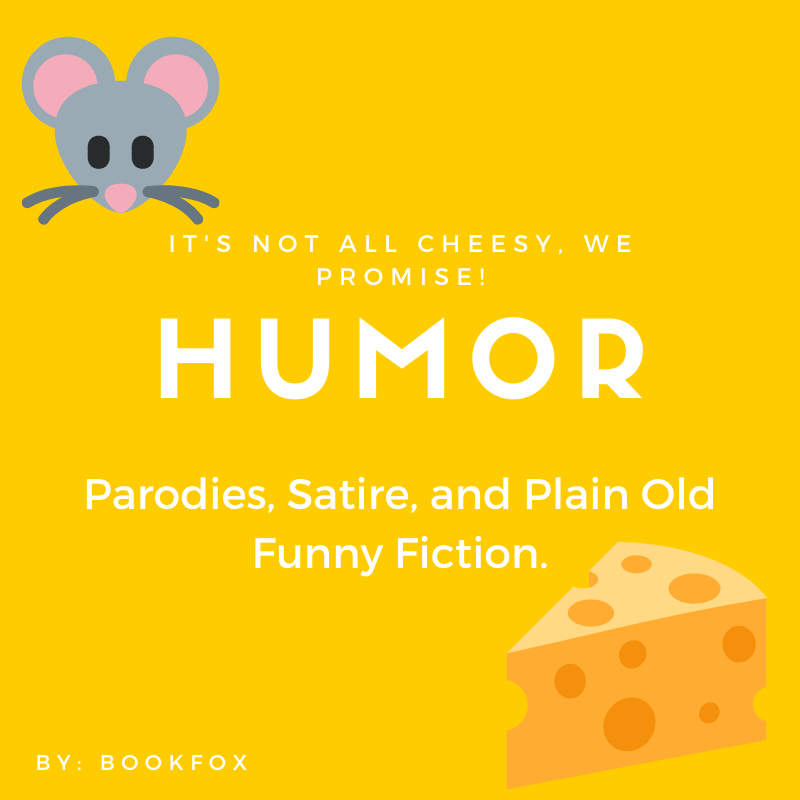 Humor in a novel is tough, but when done right, it’s legendary.
Humor in a novel is tough, but when done right, it’s legendary.
- Parodies– Parodies aim to make fun of something through imitation. Some of the best selling examples are Pride and Prejudice and Zombies by Seth Grahame-Smith and Fifty Shades of Earl Gray by Fanny Merkins.
- Satire– Satire aims to make fun of something by using a familiar situation to highlight a ridiculous aspect or moment. It’s typically darker than parody, like The Clockwork Orange by Anthony Burgess.
- Funny Fiction– Some stories are just plain entertaining. Being funny can definitely bolster a title’s sales. The Princess Bride by William Goldman and The Hitchhikers Guide to the Galaxy by Douglas Adams are hilarious pieces of genre fiction.
7. Horror
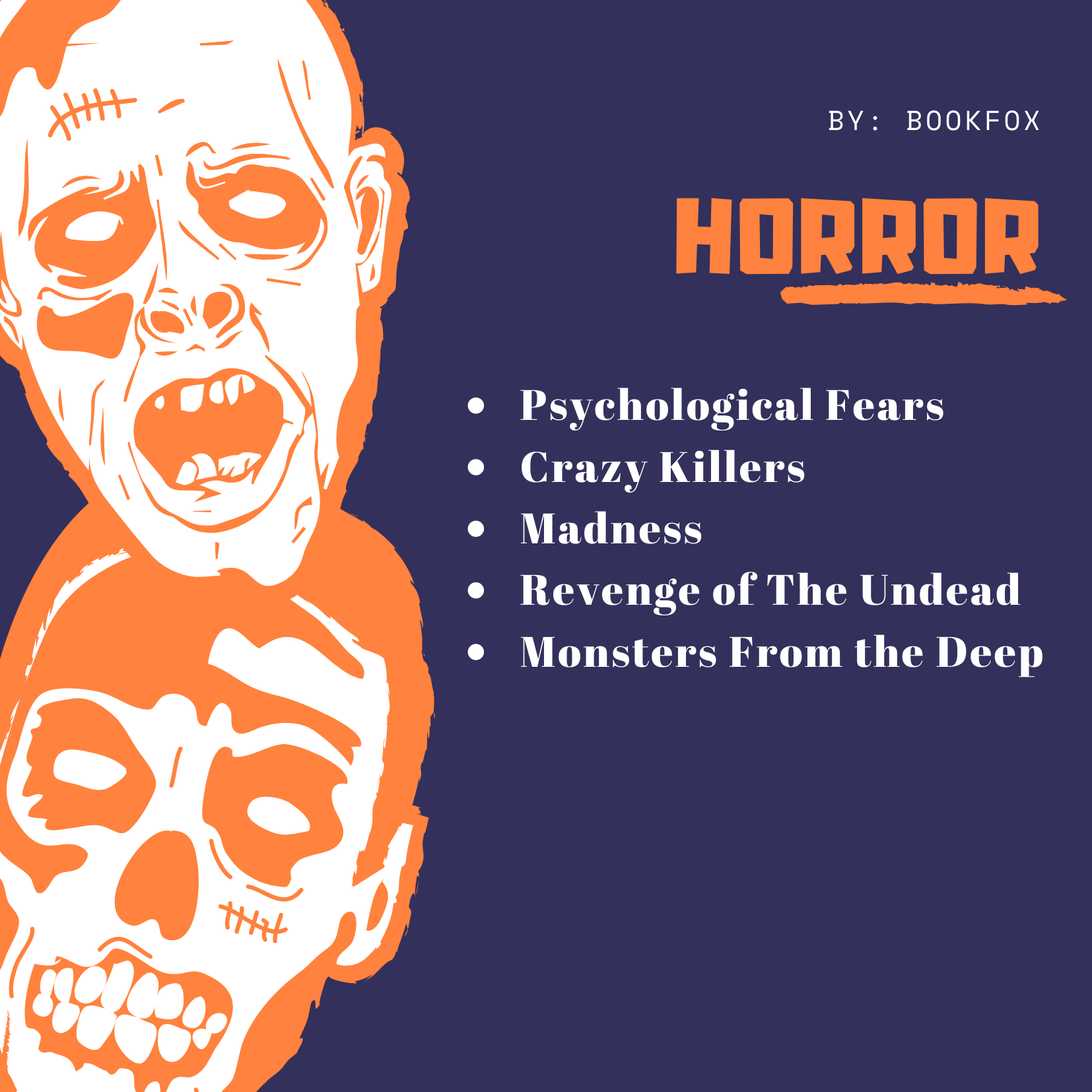 Horror novels help themselves to our deepest, darkest fears. They have all the hallmark monsters, villains, and unforgettable creatures.
Horror novels help themselves to our deepest, darkest fears. They have all the hallmark monsters, villains, and unforgettable creatures.
- Psychological Fears– Novels like Misery by the scare master, Stephen King, claw through readers’ minds looking for a quiet place to fester and prey upon the subconscious.
- Crazy Killers– People are obsessed with serial killers. Terrifying tales like My Sister, the Serial Killer by Oyinkan Braithwaite keep this subgenre alive and well.
- Madness– Ray Bradbury once said, “Insanity is relative. It depends on who has who locked in what cage.” Something about insanity is just incredibly enticing to readers and writers alike. Come Closer by Sara Gran is guaranteed to give you chills and thrills.
- Revenge of the Undead– Cue the flesh-devouring zombies, glowing demons, and just plain unhappy ghosts. The Haunting of Hill House by Shirley Jackson will give you the ghouls you crave.
- Monsters from the Deep– Whether they come from tombs, caves, or the bottom of the sea, something about unearthing creatures is downright terrifying. So pick your poison, Meg by Steve Alten or The Mummy by Max Allan Collins. I’ll take my chances with the shark.
8. Romance
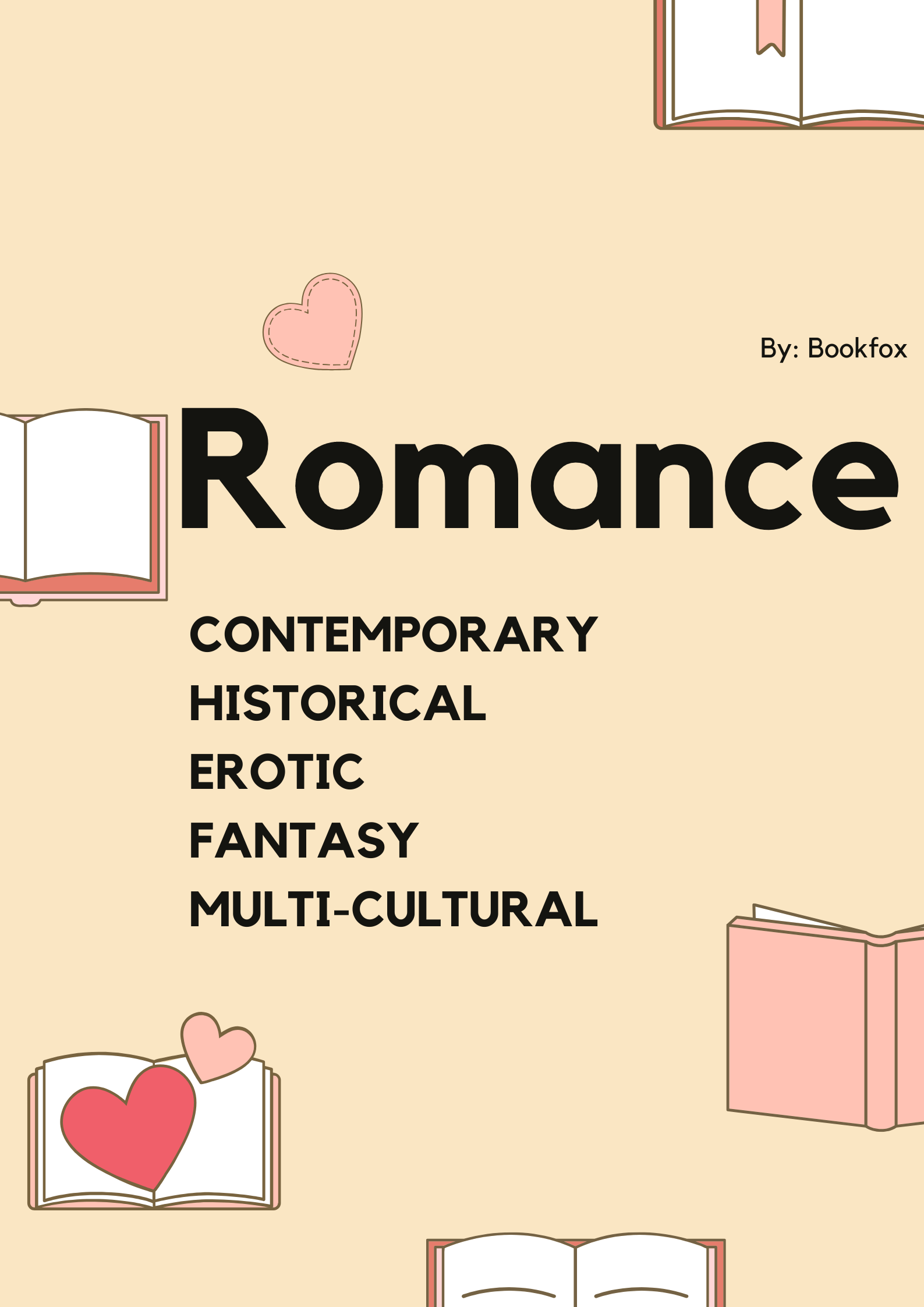 Romance is the best-selling adult reading genre making up a third of the market! While a considerable portion of the market is women, it’s expanding to include a wide range of ages and cultural backgrounds. Everyone wants to believe in love, at least for a couple of pages.
Romance is the best-selling adult reading genre making up a third of the market! While a considerable portion of the market is women, it’s expanding to include a wide range of ages and cultural backgrounds. Everyone wants to believe in love, at least for a couple of pages.
- Contemporary– These are your modern love stories. They include couples who meet on the street or in a cafe and immediately hit it off or hate each other. Comedy often plays a role here. The Hating Game by Sally Thorne is a perfect example.
- Historical– The Outlander Series by Diana Gabaldon has proven that there is a market for 18th-century romance, no questions asked. There is also a quick-growing interest in romance novels that cover lesser-known pockets of time. Butterfly Swords by Jeannie Lin takes place during the Tang Dynasty, and it’s a great example of this trend.
- Erotic– Now ideally, best-selling erotica fuses steamy sex scenes with beautiful, risqué prose. But sometimes, the best selling romance novels of the decade include Fifty Shades of Gray, and its sequel, The Mister both by E.L. James.
- Fantasy– Another hugely popular fantasy novel this decade was Twilight by Stephenie Meyer. Still, anything with a paranormal or magical feel can qualify as fantasy. Many of C.L. Wilson’s books are great examples.
- Multi-Cultural (LBGTQ+)– Becky Albertalli’s novel, Simon vs. The Homo Sapiens Agenda was a groundbreaking novel that the romance and the LGBTQ+ communities both embraced. Many up-and-coming agents are looking for romance that breaks stereotypes and reaches new, previously overlooked readers.
9. Thrillers
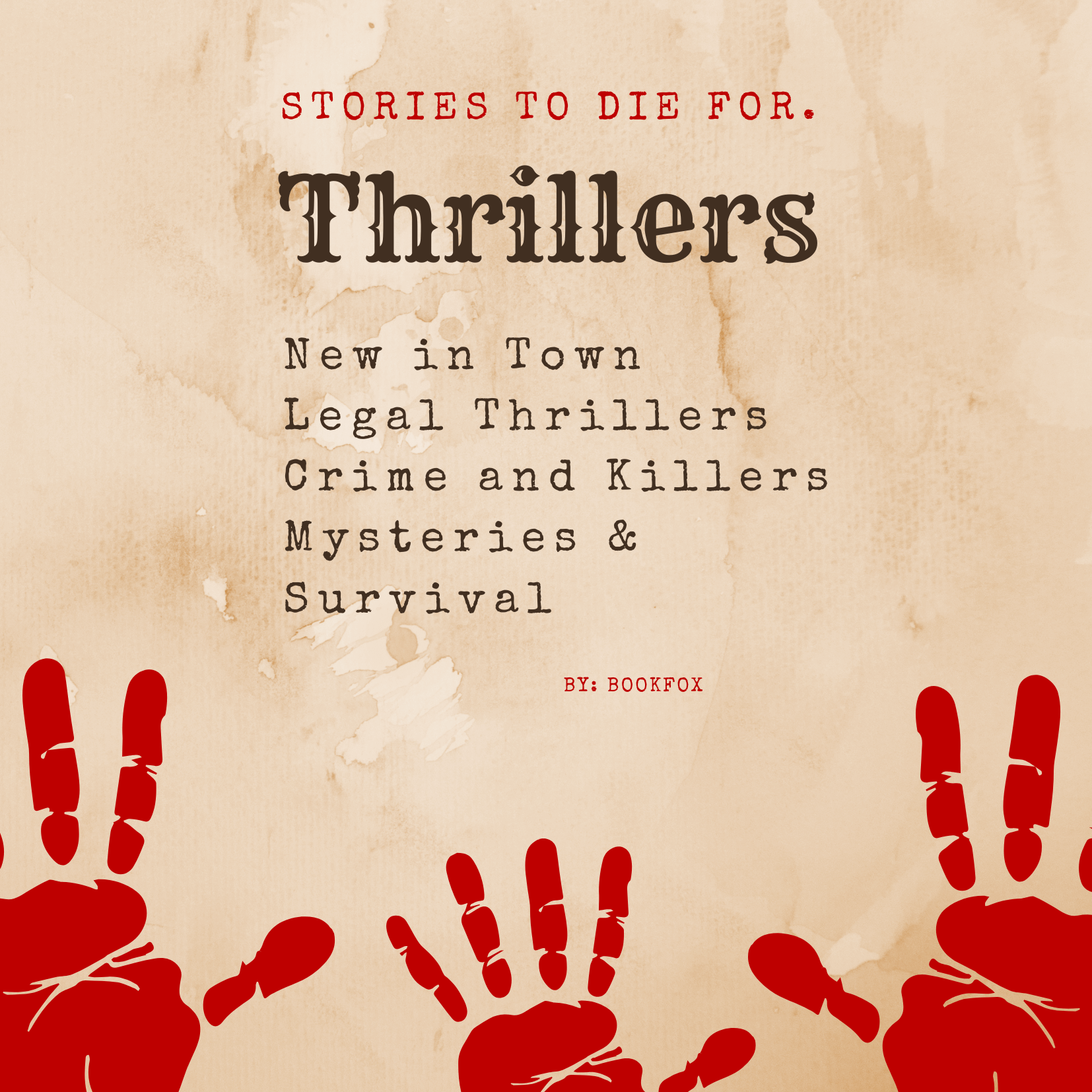 Taking up the second largest chunk of the market (behind romance), readers love the chase of a good thriller.
Taking up the second largest chunk of the market (behind romance), readers love the chase of a good thriller.
- New in Town– Who are these mysterious figures, you ask? Consider the stereotype of any older character with a chip on their shoulder and a score to settle. Want to see a fresh take? The Shadow of the Wind by Carlos Ruiz Zafon could be of assistance.
- Legal Thrillers– The legal thrillers subgenre is alive and well, just ask John Grishman. These dramatic stories walk the line between courtroom corruption and political distress. Transfer of Power by Vince Flynn is an excellent, stand-out title.
- Crime and Killers– From malicious masterminds on the run to mobsters smoking Cuban cigars, legendary characters like The Godfather and Tom Ripley have made their claims on the literary world through crime.
- Mysteries– Readers of all ages love following a detective down a strange, mysterious path. Sometimes, the most bizarre parts are right in front of your characters the whole time, like in the novel, Murder on the Orient Express by Agatha Christie.
- Survival Against All Odds– Imagine the worst day of your life, now add the world’s largest natural disaster. Life As We Knew It by Susan Beth Pfeffer gives you just that.
10. Westerns
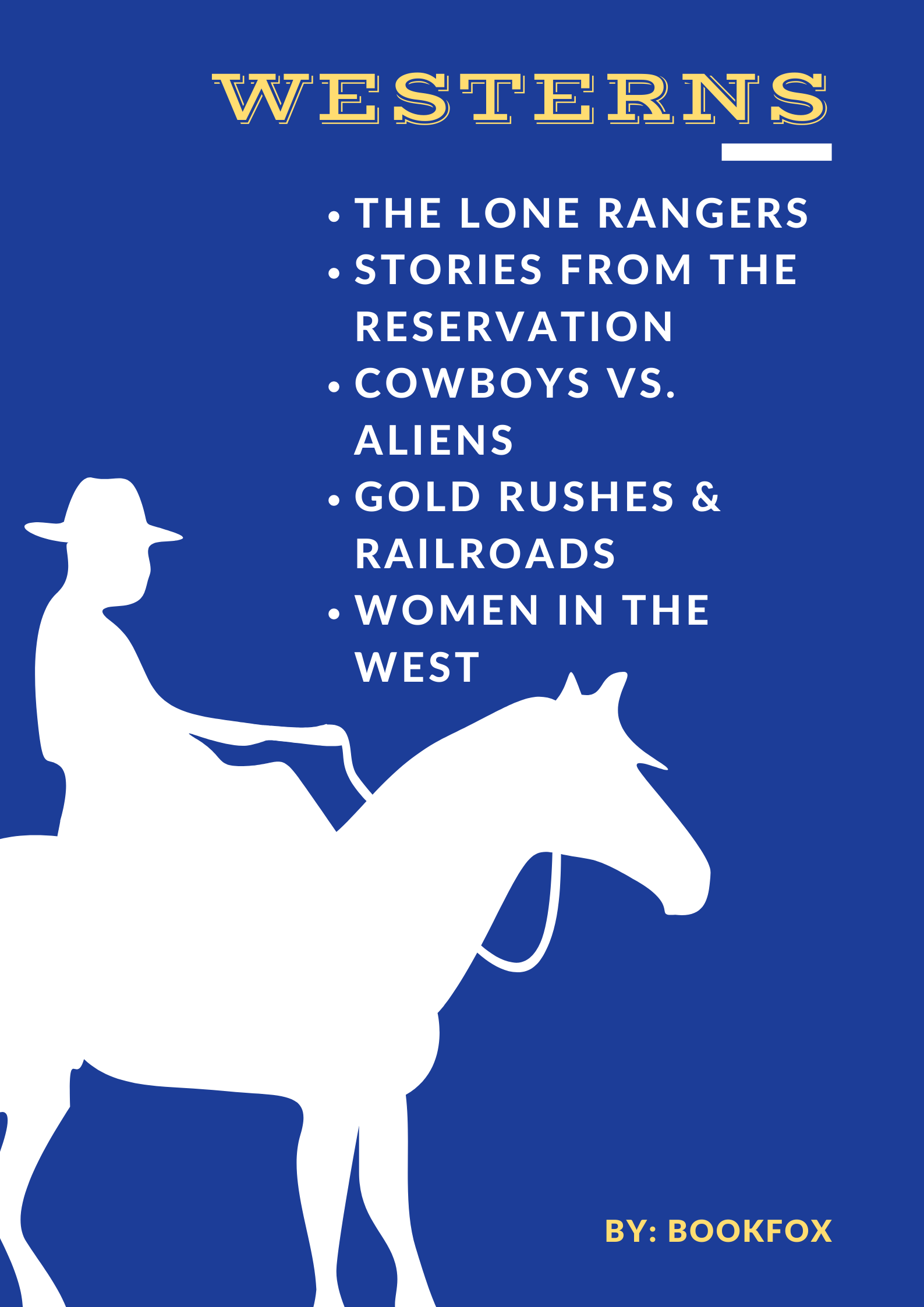 Saddle up for these fast-paced, action-packed tales from the Wild West. They feature a massive cast of characters spread out over thousands of miles of open trails and danger at every turn.
Saddle up for these fast-paced, action-packed tales from the Wild West. They feature a massive cast of characters spread out over thousands of miles of open trails and danger at every turn.
- Lone Rangers– These are westerns that focus on a lone cowboy, sheriff, or–more interestingly–a mistress like in the Sawbones Series by Melissa Lenhardt.
- Stories from the Reservation– Books like The Absolutely True Diary of a Part-Time Indian by Sherman Alexie first popularized this genre. Currently, numerous agents looking to help bring exposure to Native American authors and storytellers.
- Cowboys V.S. Aliens– Fun, funky novels like Six Gun Planet by John Jakes or Daisy Kutter: The Last Train by Kazu Kibuishi take place in a wild west setting that is out of this world. They often involve horse-like creatures and alien-looking pistols.
- Gold Rushes & Railroads– Stories from the mid-west to the west coast feature historical events like crossing the Oregon trail, blowing up mountains, and mining for gold. These stories often feature clashes between the wealthy and the poor, like in Daughter of Fortune by Isabel Allende.
- Women in the West– Looking at bestseller lists and agent picks, it’s easy to see that having strong female characters in your western tale can give it a huge boost! With too many titles to choose from, feel free to browse these 12 books featuring badass female outlaws!
Where do you fit?
The best thing about genre is that you don’t have to fit into any one category. If you want to write a paranormal comedy about ghosts of intergalactic law officers solving a cold case, you write that book! … Actually, that sounds awesome, please write that book.
What are some of your favorite genre mash-ups, and where do you see your work fitting into the wide world of writing?
About the Author:
Hello! I’m down here!
My name is Grace Giska. I am an undergraduate student studying Creative Writing and the author of three novels, one of which I like a lot. I enjoy long walks through enchanted forests and travel blogging on my site, Pack a Pen!

10 comments
As a reader that was a great break down on the subgenres! Loved your article.
Loved it! I feel kinda proud to be writing the same sub-genre of fantasy as Tolkien 🙂
i like the article but i dont like science.
I like it i just dont really like science.
I like the article it was really good I didnt care much for the science though
I love that he had different groups of the article
i liked everything except for the science
Maybe I will re-start my book from Wattpad. What do you think?
Great article! It has helped a lot.
I kinda love two genres; Horror and Romance, sweet!
Thank you for the clear, organized explanations. I cross boundaries with my novel series. A medical drama that draws attention to the broken lives of homeless, injured teens, the work falls under the category of literary fiction. Character-driven scenes move the story forward. Topics cover career and work ethics, family values, relationships, troubled teens, and disability issues, to name a few key elements. I keep things real by addressing tough situations and delivering content that is educational and entertaining.